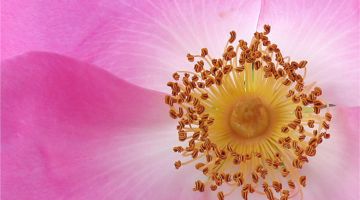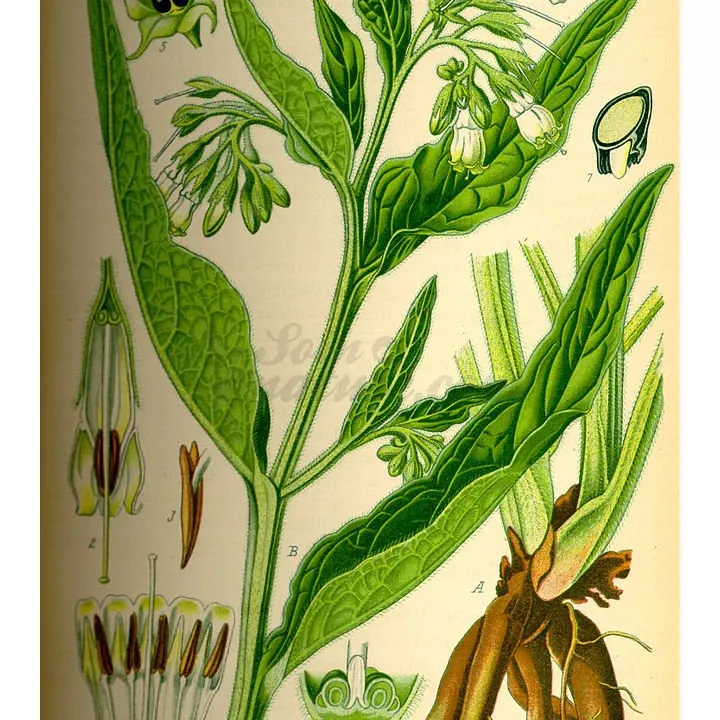COMFREY GREAT Racinde cut IPHYM Herbalism Symphytum officinale
Latin name: Symphytum officinale L.
Common Names: Ear donkey Language cow Confée, Comfrey, comfrey, grass cuts.
Botanical Name: Symphytum officinale, Boraginaceae family.
English names: comfrey, knitback, knitbone.
Parts used: leaves, roots.
Habitat and origin: perennial plant native to Europe and northern Asia, naturalized in parts of North America. It thrives in moist environments.
External use of comfrey
The internal use of comfrey is not recommended because of its potential content pyrrolizidines, which are toxic to the liver.
In France and Germany, only its external use is allowed.
Tradition ready comfrey root hemostatic, anti-inflammatory, astringent, healing and emollient.
Next Bruneton the root is "traditionally used (e) as a treatment for softening and dermatological extra antipruritic as protector in the treatment of trophic cracks, scratches, cracks and against insect bites."
A German study, single-blind, randomized, showed that a cream containing comfrey was slightly more effective than gel diclofenac (Voltaren) in the treatment of ankle sprains.
Pharmacology of comfrey
Comfrey root contains carbohydrates (fructans), terpenoids (mono and bidesmosides triterpene) and pyrrolizidine alkaloids (0.2-0.4%): lycopsamine, intermedine (retronecine monoester) and acetylated derivatives thereof and symphytine (diester). It also contains allantoin, rosmarinic acid and mucilages (polysaccharides).












